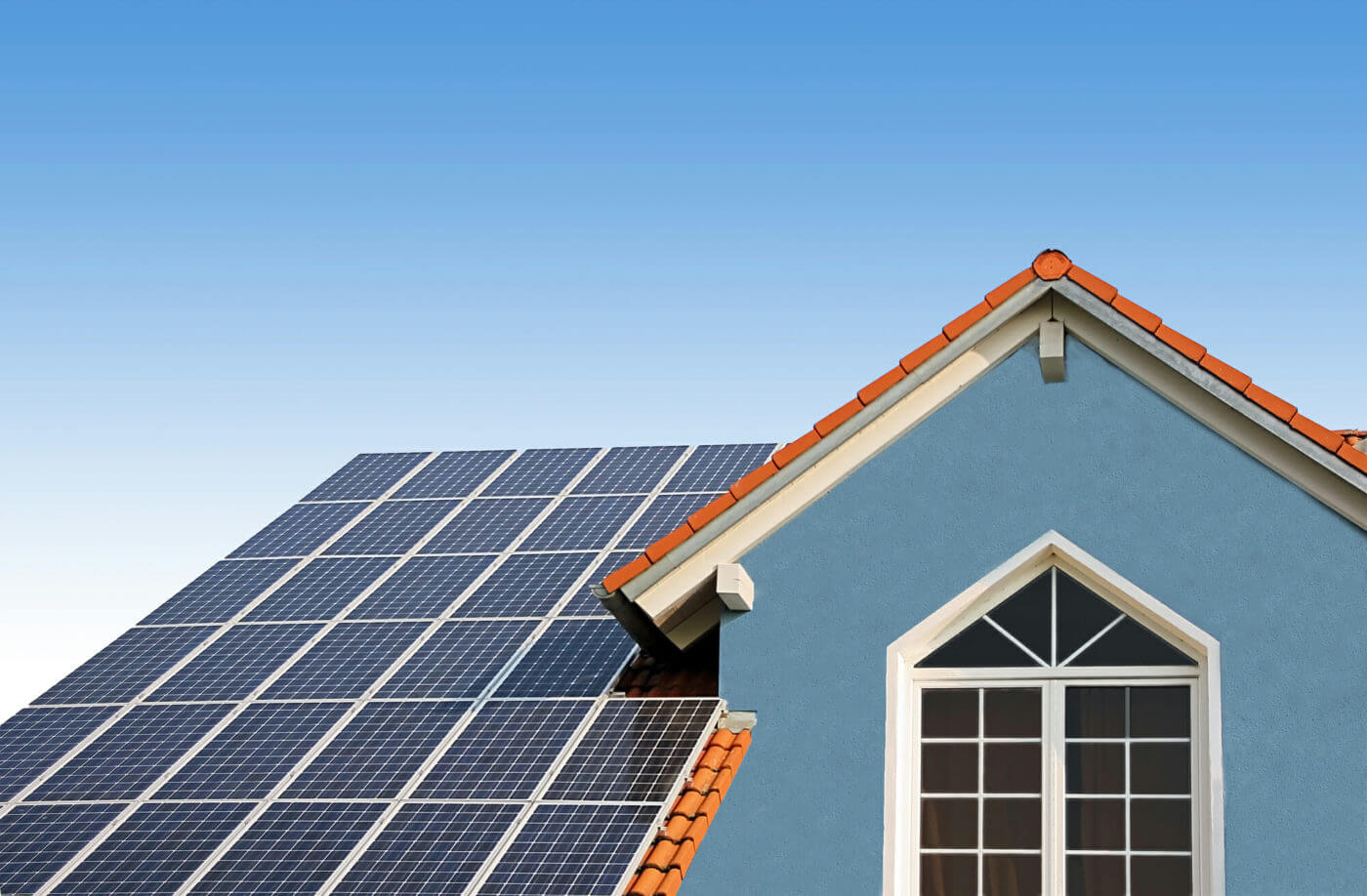Solar Systems Can Be Fun For Anyone
Wiki Article
The Greatest Guide To Solar Systems
Table of ContentsGetting The Solar Systems To WorkThe 8-Minute Rule for Solar SystemsThe smart Trick of Solar Systems That Nobody is Talking AboutSolar Systems Things To Know Before You Buy
There are three different kinds of photovoltaic panels: monocrystalline, polycrystalline, and also slim movie. Monocrystalline solar panels are extremely effective and have a smooth style, yet come at a greater price point than other solar panels. Polycrystalline photovoltaic panels are less costly than monocrystalline panels, nonetheless, they are much less efficient and aren't as cosmetically pleasing.Nowadays, there are numerous selections of monocrystalline solar panels on the market to select from., are ending up being an increasingly preferred monocrystalline choice.
Because monocrystalline solar cells are made from a single crystal of silicon, electrons are able to conveniently stream throughout the cell, boosting total efficiency. Not only do monocrystalline panels have the highest possible effectiveness ratings, they generally also have the greatest power capacity ratings. Most monocrystalline panels on the market today will certainly have a power result score of at the very least 320 watts, however can rise to around 375 watts or greater!.
Since polycrystalline cells include several silicon cells, the electrons can stagnate as quickly and also therefore, lower the performance of the panel. The reduced effectiveness of polycrystalline panels also means they often tend to have a reduced power result than monocrystalline panels, typically ranging in between 240 watts and also 300 watts.
10 Easy Facts About Solar Systems Shown
4% performance with slim film cell models however. In order to meet your power needs, you would need to install even more thin movie panels over a huge area to produce the same amount of electricity as crystalline silicon solar panels. This is why slim film solar panels do not really make good sense for domestic installations where space is restricted.The temperature coefficient tells you exactly how much the power outcome will decrease by for every 1 * C over 25 * C the panel obtains. The conventional temperature coefficient for mono as well as polycrystalline panels typically drops someplace in between -0. 3% and also -0. 5% per * C. Thin film panels on the other hand, are around -0.
Actually, with some slim movie panels, it's difficult to also see the private cells within the panel. They also have a tendency to have less electrical wiring and also busbars, implying there's less white space. Nonetheless, since they are so inefficient, you would need to cover your entire roof in thin movie panels - which may or may not be your design.

Some producers have functioned around this with black packaging or shaping the cells in different ways, however these visual adjustments can affect both the price and also efficiency of the panels. On the whole, monocrystalline panels still look smooth, but they're a little bit a lot more obvious than thin film panels. solar systems. The procedure in which polycrystalline solar cells are made triggers the cells to have a blue, marbled look.
Getting The Solar Systems To Work
If you get see here on a tight spending plan, polycrystalline panels could make more sense for you. We do not recommend slim film photovoltaic panels for domestic installations - their efficiency and longevity don't make the inexpensive worth it, and it's unlikely you'll have almost enough space to set up the number of slim film panels you would certainly require to cover your family electrical energy use.Since they are made from pure silicon, they can be conveniently recognized by their dark black color. Using pure silicon additionally makes monocrystalline panels one of the most space-efficient as well as longest-lasting among all 3 solar panel kinds. This comes at a cost a whole lot of silicon is lost to generate one monocrystalline cell, sometimes reaching over 50%. solar systems.

Amorphous silicon panels (A-Si) obtain their name from their shapeless nature. Unlike mono-and polycrystalline solar cells, the silicon is not structured on the molecular level. Generally, an a-Si cell requires just a portion of the silicon needed to produce common silicon cells. This enables them to have the most affordable production cost, at the expense of effectiveness.
The smart Trick of Solar Systems That Nobody is Talking About
$0. 32-$0. 65 $1 $1. 50 $0. 70 $1 $0. 60 $0. 70 $0. 50 $0. 60 $0. 43 $0. 50 Note that these numbers don't include the expense of setup as click for source well as labor. With labor check it out and various other overhead elements, the total amount can increase to $2. 50 to $3. 50 per watt.
This indicates that thin-film panels can be a good choice for hotter atmospheres or locations that experience more sunshine throughout the year. The updated International Building ordinance of 2012 needs solar panels to match the fire score of the roof where they are mounted. This is to make certain that the components do not speed up the spread of fires in the occasion of a fire.
Report this wiki page